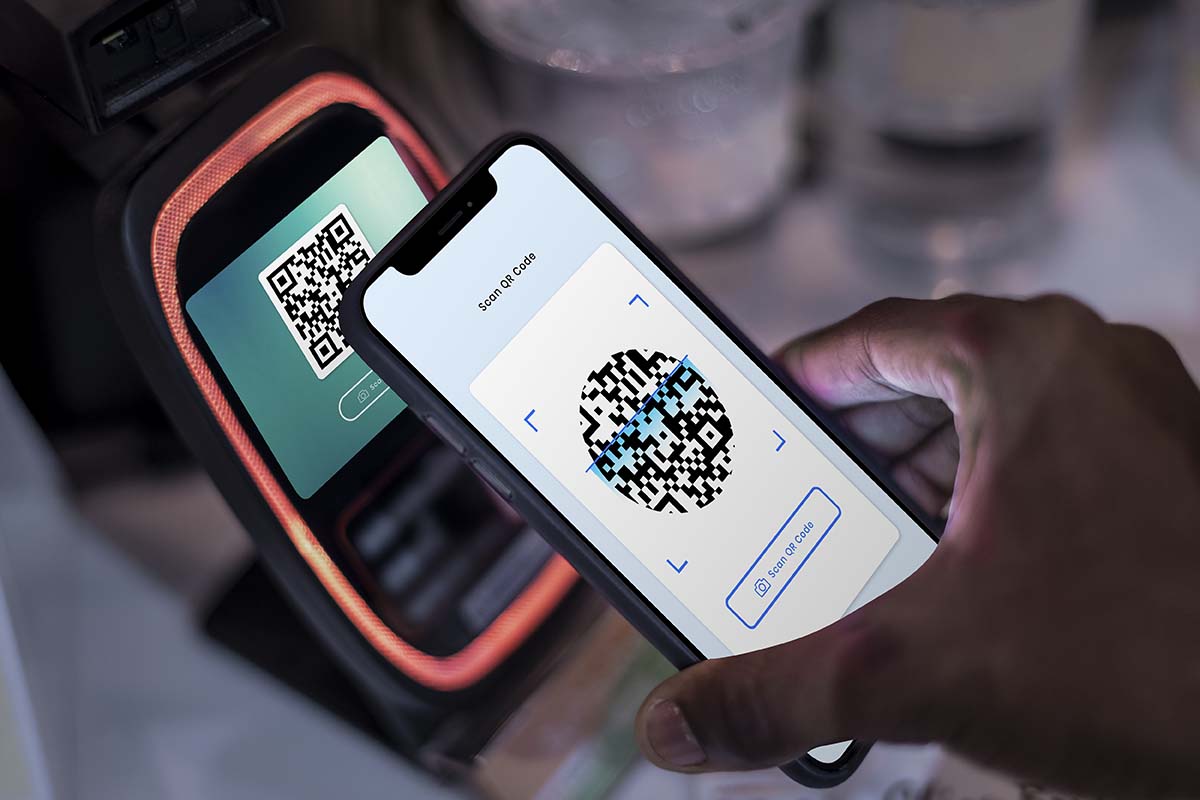Why Do Businesses Need Zero Trust Security?
75 percent of organizations agree that to be better prepared for a host of evolving cyber risks, and their organizations need to update pre-existing and technical architectures. They need to ensure that Zero Trust design principles are baked into cloud adoption models from the beginning. The global zero trust security market is growing at a healthy rate and is projected to reach $52 billion by 2026.
Eighty-three percent of security and risk professionals now agree that zero trust is a necessary strategy for their organizations, and 80% plan to implement zero trust in 2022. Spending on zero trust is also growing.
Gartner predicts spending on zero trust network access (ZTNA) solutions will grow from $820 million this year at a 26% Compound Annual Growth Rate (CAGR) to an estimated $1.674 billion in 2025. If you were thinking of implementing zero trust security in your organization, IT Support Boston will be able to help.
What is Zero Trust Security?
Zero Trust security is an IT security model that requires strict identity verification for every person and device trying to access resources on a private network. In this case, whether the person or device is located inside or outside the network perimeter is irrelevant.
Every user must be identified and authenticated before gaining access to the network. Zero Trust security is a mindset, a belief system that should be employed from day one to ensure security is hardwired into every aspect of the network operations.
F5’s zero trust definition guide explains how developing a security architecture with zero trust in mind provides a comprehensive framework that can help businesses fortify their cybersecurity posture by fostering a continuous verification and least-privilege access approach, ultimately safeguarding sensitive data and critical assets from evolving threats.
5 Benefits and Reasons to Opt for Zero Trust Security for Your Business
Perimeter-Based Security Approaches Are Now Defunct
Enterprises are undergoing digital transformations that make traditional perimeter-based cybersecurity models ineffective and irrelevant. Traditional perimeters no longer define the scope for security enforcement because attacks can happen anywhere within a network. Zero trust security takes a micro-level approach to authenticating and approving access requests at every point within a network.
The concept of least privilege means that nobody gets unrestricted access to the entire system; instead, each request must be continuously monitored and verified to gain access to different network parts. If a breach does occur, micro-segmentation will prevent East-West movement and minimize the damage that a threat actor could cause.
Cloud Data Centres Are Underlining the Need for Shared Security Responsibility
As critical applications move from corporate-owned data centers to public and hybrid clouds, security leaders need to rethink the legacy assumptions of trust around people and data center technologies, processes, and skills.
Application security is an essential aspect of a secure digital transformation strategy. In this new cloud environment, trust in the infrastructure has been eliminated. Security controls must be introduced to adapt to this new era of the cloud. A zero trust model can span this shared cybersecurity responsibility.
Cyberattacks Are Only Growing in Intensity and Numbers
Cyberattacks continue to increase yearly, and no sector seems immune. During COVID-19, hackers focused on the healthcare and retail verticals in order to harm people without any strong security posture.
They could easily penetrate the systems, steal information, and cause financial damage. Cybercriminals work hard to find new ways of infiltrating a system and stealing data, including intellectual property or personally identifiable information.
This allows them to extort huge sums of money from their victims, who are willing to pay to get their business running again. Without a comprehensive security platform, these companies leave themselves vulnerable to attacks and resort to post-incident containment and mitigation. That is why it is now necessary for organizations to work towards establishing a zero-trust security architecture to protect themselves from increasing cyber threats.
The Stakes Are Higher Than Ever
The security landscape is changing rapidly. Cyber attackers are no longer focused on disruption. They want targeted data, customer data, financial data, and core business knowledge. Core government systems, weapons, nuclear power plants, and even elections are at risk. The stakes at every level of society and government are so high that robust and resilient cybersecurity strategies are paramount.
As cybersecurity attacks continue to evolve, an effective defense must focus not only on the number and severity of successful breaches but on containing harmful breaches and limiting the damage from those that do occur. The zero trust model using multiple layers of security and an application-aware infrastructure is a way to address these problems.
Advanced Persistent Threats (APTs) Are Everywhere
The cyber threat landscape has evolved since the early 2000s, going from zero-day exploits to APT. Intrusion is no longer a self-perpetuated virus. Rather, it can be orchestrated by a crime ring or nation-state.
With advanced persistent threats (APTs) becoming more common, micro-segmentation and a zero-trust network infrastructure architecture could be the difference between acquiring new customers or facing the risk of being out of business. For advanced defensive strategies that your enterprise can deploy against APTs, consider reaching out to Cybersecurity Services.
Post courtesy: Kenny Rounds, Founder, and CEO at Braver Technology Solutions




















